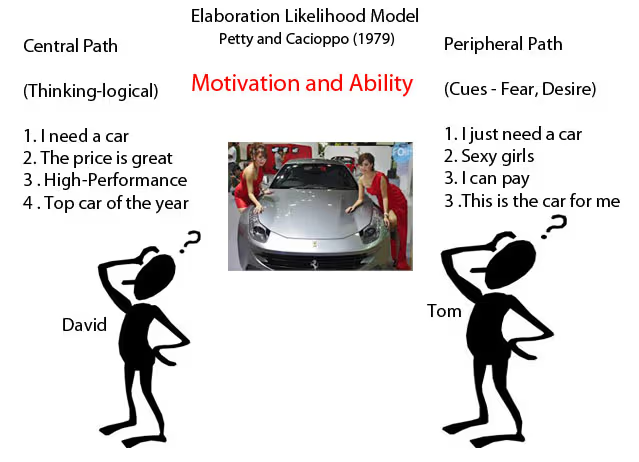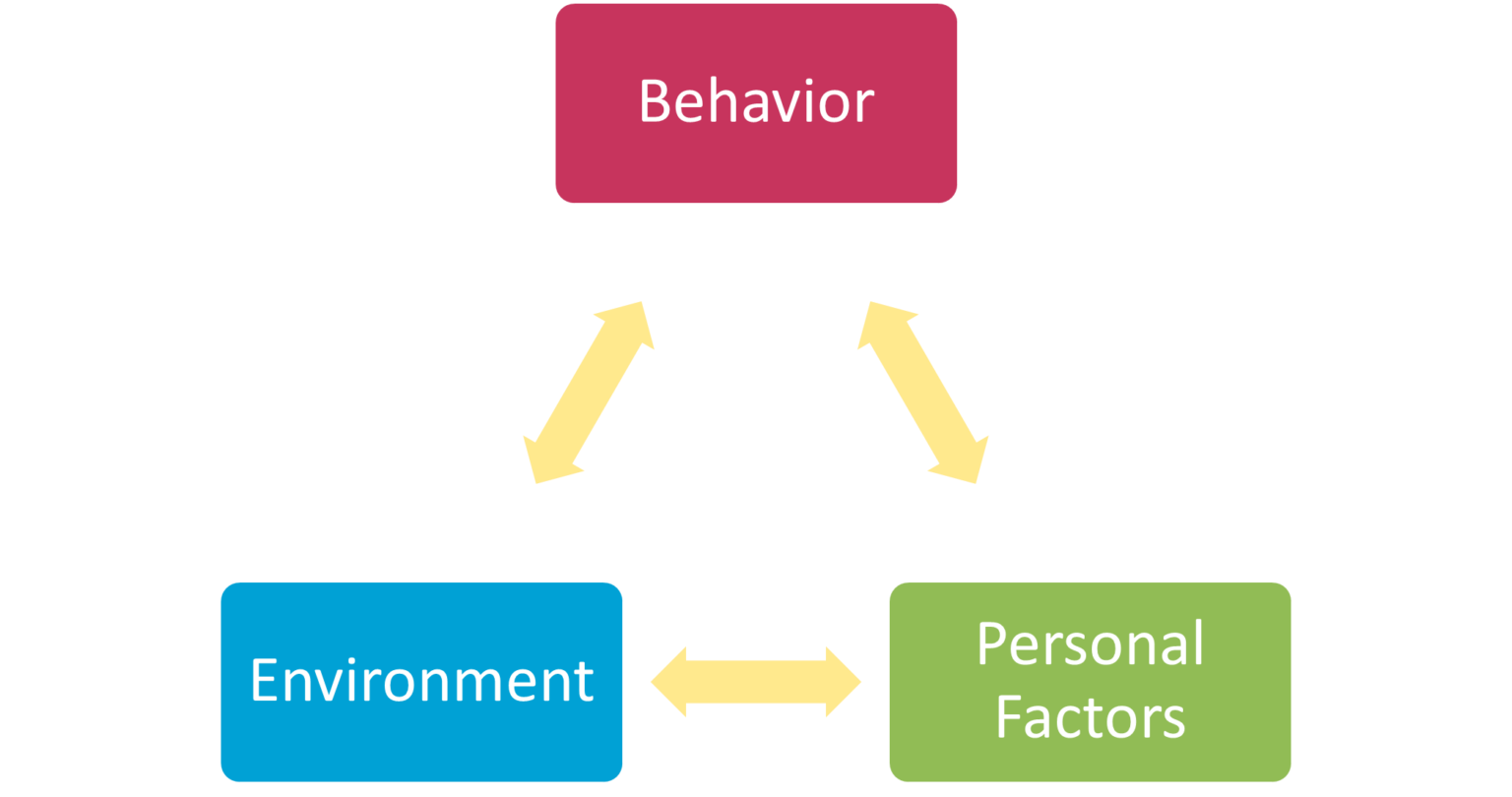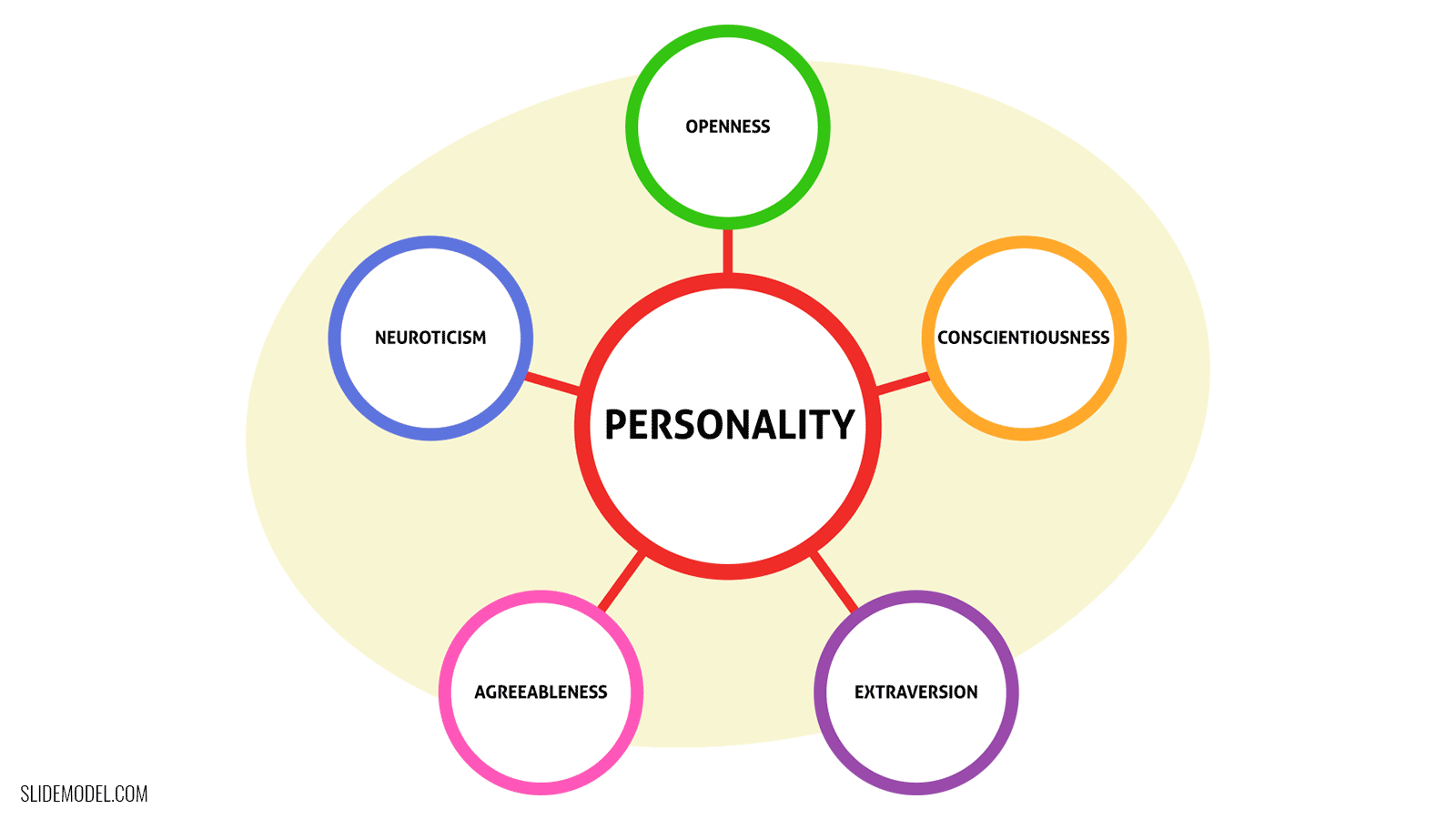unit 4: social psychology and learning
1/128
There's no tags or description
Looks like no tags are added yet.
Name | Mastery | Learn | Test | Matching | Spaced |
|---|
No study sessions yet.
129 Terms
dispositional attribution
internal, when you explain someone’s behavior by their personality, traits, or internal characteristics
example: if someone cuts in line and you think “wow, they’re so rude”, you’re assuming they act that way because of their personality
situational attribution
external, when you explain someone’s behavior based on the situation or environment they’re in
example: if someone cuts in line and you think "maybe they’re in a hurry," you’re attributing their behavior to external circumstances, not who they are
attribution theory
explains how people try to understand the causes of behavior due to dispositional or situational attributions
self-serving bias
the tendency to credit yourself for your successes but blame external factors when they don’t
example: if you get an A on a test, you say “i’m smart”, if you fail, you say “the test was unfair”
actor-observer bias
the tendency to explain our own behavior using situational attributions, but explain other people’s behavior using dispositional attributions
example: if you trip, you might think it was because the ground was uneven, but if someone else trips, you might think they are clumsy
fundamental attribution error (FAE)
the tendency to overemphasize the role of personal traits and underestimate the impact of the situation when explaining someone else’s behavior
example: if a coworker misses a deadline, you might think they are lazy instead of considering external pressures they faced
F.A.E → Forget About Environment
explanatory style
the way in which someone interprets and explains events in their life, often influencing their emotions and behaviors. it can be optimistic or pessimistic
optimistic explanatory style
you explain bad events as temporary problems, putting the blame on external factors and good events as due to your abilities or traits (basically situational attributes)
example: if you do well on an exam, you attribute it to your intelligence, but if you fail, you consider it a difficult test
pessimistic explanatory style
you explain bad events as permanent problems, attributing them to your own abilities or traits, while good events are seen as luck or outside factors (basically dispositional attributes)
example: you didn’t win the volleyball game, and you think it's because you're bad at sports, while if you win a game, you might think it was merely luck.
locus of control
who or what you believe controls your life — you (internal) or outside forces (external)
external locus of control
you believe that outside factors like luck, fate, or other people are in charge of the outcomes in your own life
can lead to the individual to develop learned helplessness since they assume there’s nothing they can do
example: a student who fails a test might say “i failed because my teacher hates me and they’ll let me pass”
internal locus of control
you believe that your own actions and decisions are the main factors that determine the outcomes in your life
can lead to the person having higher self-efficacy and reduced feelings of helplessness
example: a student who fails a test might say “i just need to adjust my study habits and prepare more for the next test”
person perception
the process of forming impressions and judgements about other people and sometimes even themselves
mere exposure effect
the idea that the more you’re exposed to something, the more you tend to like it
example: at first, you didn’t like sabrina’s new song but after hearing it on the radio everyday, you start to enjoy it
self-fulfilling prophecy
when a person’s expectations influence their behavior in a way that causes those expectations to come true
example: you believe you’ll fail the ap exam, so you don’t study, so then you fail. your belief caused behavior that fulfilled the outcome
social comparison
when you compare yourself to others to judge your own abilities, appearance, or situation
upward social comparison
when you compare yourself to someone you think is better than you in some way
example: you look at a classmate who always gets straight A’s and feel like you’re not smart enough
downward social comparison
when you compare yourself to someone who you think is doing worse than you in some way
example: you didn’t do great on a test, but you feel better when you see that someone else failed
relative deprivation
the feeling that you’re worse off compared to others, even if your situation hasn’t changed
example: you’re happy with your phone until you see your friends have the newer one and suddenly feel like yours isn’t good enough
(friends→ reference group= people you compare yourself to)
explicit attitudes
attitudes we are aware of and can clearly express
example: you openly say you support recycling and make sure to separate your trash at home
implicit attitudes
attitudes that are unconscious, oftentimes the individual may not even realize they hold these beliefs
example: you say you’re not scared of dogs, but your body tenses up every time one walks by even though you don't notice it
just-world phenomenon
the belief that people get what they deserve and things are the way they are for a reason
victim-blaming
the idea that an individual’s misfortunes are their own fault
example: someone who was robbed is told, “you shouldn’t have been out so late"
out-group homogeneity bias
the tendency to see people from other groups as all the same
leads to overgeneralization, stereotypes, and discrimination
example: you assume that all people from a different school are unfriendly because you only know a few people from there, even though you haven’t met everyone
in-group bias
the tendency to favor and support people in our own group while those outside of it get hate
example: you feel happy when angie met the kalogeras because she’s a part of your group, but you don’t care as much about other people meeting them
ethnocentrism
the idea that one’s own culture or ethnic group is superior to others
cultural relativism
when an individual views and judges another culture by its own standards, showing that no culture is superior to another (opposite of ethnocentrism)
belief perseverance
the tendency to maintain a belief despite new information or evidence that clearly contradicts it
example: you still believe that shein is the best, even after hearing several reviews saying it's not as good as other brands
confirmation bias
the tendency to search for, interpret, or remember information in a way that confirms your preexisting beliefs or opinions
example: you focus on news that supports your political views while ignoring opposing perspectives
stereotypes
generalized beliefs about a group of people
prejudiced attitudes
preconceived negative attitudes toward a group and its members
example: assuming someone isn’t good at a job just because of their gender, even though you’ve never worked with them directly
discriminatory behavior
unfair treatment of individuals based on their group
example: refusing to hire someone because of their race, even though they are qualified for the job
explicit prejudice
the conscious and openly expressed negative attitudes or beliefs toward a group of people
example: openly saying that you don’t like a certain group of people based on their race or religion
implicit prejudice
unconscious negative attitudes or beliefs toward a group of people that influence behavior without intentional awareness
example: you don’t realize you’re giving more attention to one group of people over another in a social setting, even though you consciously believe in treating everyone equally
cognitive dissonance
the mental discomfort or tension that comes when an individual has two conflicting beliefs, attitudes, or behaviors
example: you know smoking is bad for your health but continue to smoke, which creates discomfort. to ease the tension, you might convince yourself that smoking isn’t as harmful as people say.
social norms
unwritten rules and expectations that guide people in a society
example: holding a door for someone behind us
conformity
the tendency to adjust your behavior, beliefs, or attitudes to match those of a group or social norm
example: you start wearing the same style of clothing as your friends because everyone else in your group is wearing it
group size
you’re more likely to follow the majority opinion in a larger group, even if you disagree, because of the pressure to conform
group cohesion
a sense of belonging to the group, or feels accepted by the group increases the chance that they will conform to the group
authority
individuals are more likely to conform to situations or groups that have individuals with a higher status or authority figure in them
cultural factors
if individual comes from a culture that emphasizes supporting and promoting the group, family, or society over the individual, they are more likely to conform to group norms and expectations
individualistic culture
emphasizes the identity of a person and resists conformity to group norms and expectations, prioritizing personal goals over group goals
multiculturalism
where multiple cultural groups coexist within a society
obedience
how individuals respond to authority figures
dissent
expressing disagreement with the group
example: you’re in a friend group that wants to skip school, but you speak up and say it’s a bad idea, even though everyone else agrees with it
social influence theory
examines how and why people are persuaded by others
contains normative and informational influences
normative social influence (influence theory)
a person’s desire to be liked and accepted by a group
example: your friends wanna go out to eat and you go with the group’s decision even though you want to go to home
informational social influence (influence theory)
when individuals conform because they believe others have more accurate information
example: doing a kahoot and choosing what the smart kids around you chose because you assume they know the right answer
elaboration likelihood model
explains how people are persuaded through either deep thinking (central route) or superficial cues (peripheral route)

central route to persuasion
uses facts to persuade someone
takes more time and elaboration
peripheral route to persuasion
uses emotions to persuade someone
takes less time and focuses on quick thinking
halo effect
a cognitive bias where our overall impression of a person influences how we feel and think about them
example: you might see a physically beautiful person and assume they are generous, smart, or trustworthy
foot-in-the-door technique
when a small request is first made, and once agreed, a larger request is made
example: a salesperson asks you to take a free sample first, and later asks you to buy the full product
door-in-the-face technique
when a large request that is likely to be rejected is followed by a smaller, more reasonable request
example: a charity worker asks for a $100 donation, knowing you'll likely say no, then asks for a $5 donation
group polarization
the tendency for individuals opinions, thoughts, and/or actions to become more extreme in a group setting
example: a group of friends discussing politics may end up with more extreme opinions after sharing their views, compared to when they discussed the topic individually
groupthink
where the group priorities harmony and consensus (agreement) over critical evaluation, often leading to poor decision-making to occur
example: a team agrees on a plan without considering all the risks, simply to avoid disagreement, even though some members have concerns
deindividuation
the loss of self-awareness and personal responsibility when part of a group, often due to feeling more anonymous in the group
example: someone who would never normally push strangers might do so during a large concert crowd because they feel anonymous
diffusion of responsibility
when an individual feels less accountable and responsible for taking action or helping in situations where others are present
example: in a crowded area, someone might not help a person who has fallen because they assume someone else will step in
social loafing
when individuals are in groups, they end up trying less since they rely on others to do the work
social facilitation
when a group of people are together they start to perform better due to being observed by others
example: a runner might run faster during a race with spectators cheering them on than when they are practicing alone
social impairement
when performing a task becomes harder because you're being watched by others
false consensus effect
the tendency to overestimate how much others share our beliefs, opinions, or behaviors
example: you believe that most people enjoy watching the same TV shows as you do, even though not everyone shares that interest
superordinate goals
goals that require the cooperation of two or more people or groups to achieve, often reducing conflict
example: two rival sports teams working together to organize a charity event, aiming for a common goal that benefits both groups
social traps
situations where individuals or groups act in their own self-interest, but ultimately harm themselves or the group
example: people overfishing a lake for personal gain, leading to the depletion of fish for everyone in the future
industrial-organizational (I/O)
psychologists who study how people perform in the workplace, manages the employers → hired/fired, promotions, training
altruistic act (alturism)
when an individual does a selfless act for the well being of others, without expecting any personal gain or reward
social responsibility norm
expectation that people will help others who are in need, especially when they are not able to repay the help
example: helping an elderly person carry groceries even though they can't repay you
social reciprocity norm
an expectation that people have when doing something for someone else
example: if a friend helps you cheat for an exam, you may feel motivated to return the favor by helping them with something they need later on
bystander effect
the tendency for people to be less likely to help in an emergency when others are present
the example of diffusion of responsibility

psychodynamic perspective
focuses on how unconscious thoughts, feelings, and memories influence behavior, often shaped by early childhood experiences
denial
a defense mechanism in which a person refuses to accept reality or facts to avoid facing uncomfortable emotions or situations
displacement
a defense mechanism where you place your anger on someone else that’s less threatening
example: after a stressful day at work, someone comes home and yell at their family members, instead of confronting their boss
projection
a defense mechanism where you put your thoughts and feelings on someone else and say that’s what they believe
example: a person who is scared of riding a roller coaster might accuse others of being scared, even though they are the one feeling nervous
rationalization
a defense mechanism when you’re trying to make sense of what happened
example: get dumped and start looking for positives
reaction formation
a defense mechanism when an individual behaves in the opposite way of how they feel
regression
a defense mechanism where an individual regresses to something that makes them feel safe like a child when faced with stress or conflict
example: a teenager throws a tantrum like a child after being told they can’t go to a party
repression
a defense mechanism where a person unconsciously pushes painful or unwanted thoughts and memories out of awareness
sublimation
a defense mechanism where an individual turns their unacceptable impulses into something more socially acceptable
example: someone with aggressive urges starts punching a punching bag rather than a person
projective tests
a test that has open responses and does not limit the test taker to a select group of answers
example: inkblot test, a person describes what they see in random inkblots, which may reflect their inner feelings

objective tests
a test that has limited answers and seeks specific responses from test takers
example: myers-briggs personality test

unconditional positive regard
accepting and valuing someone without any conditions or requirements
self-concept
how a person sees and describes themselves, including their personality, skills, roles, and physical traits
who am i?
self-esteem
how positively a person feels about themselves
example: a student who feels good about themselves is more likely to speak up in class and try new things
self-actualizing tendency
the natural drive within a person to grow, improve, and reach their full potential
example of humanistic perspective
self-transcendence
when an individual goes beyond their own self-interests to pursue something larger than one’s self
example: someone who dedicates their time to helping others or working for a cause, like environmental protection or global peace, because they feel a deeper sense of purpose
q-sort technique (?)
used to asses a person’s self concept by having them sort descriptive statements into categories based on how well they describe them

congruence
the alignment between a person’s ideal self and actual self
social-cognitive theory (bandura)
the idea that people learn by observing others, imitating their behavior, and experiencing the consequences
reciprocal determinism
the idea that a person's behavior, personal factors (like thoughts and feelings), and the environment all influence each other in a continuous loop
a concept within social cognitive theory
example: a student who feels confident (personal factor) participates actively in class (behavior), which encourages a supportive teacher (environment), further boosting the student's confidence

self-efficacy
an individual’s belief in their ability to do a specific task
example: a student who feels confident they can ace a difficult exam demonstrates high self-efficacy
trait theories
the traits that form a person’s personality
big 5 theory of personality (OCEAN)
the theory that personality is made up of five main traits: openness, conscientiousness, extraversion, agreeableness, and neuroticism

openness
refers to imagination, creativity, and curiosity
conscientiousness
involves a person’s organization, dependability, discipline, and goal-directed goals
how reliable are you?
extraversion
describes how outgoing, energetic, and sociable a person is
agreeableness
describes how kind, cooperative, and trusthworthy someone is toward others
neuroticism
a person’s tendency to experience emotional stability and remain calm in stressful situations
high emotional stability → low neuroticism, so person is calm in stressful situations
low emotional stability → high neuroticism, so person is more and prone to negative emotions.
personality inventories
a specialized questionnaire that measures where they fall on each of the Big Five traits
factor analysis
a statistical method that identifies clusters of related questions, helping researchers determine which items on the test measure the same underlying trait
ensures the test is organized and accurate
instincts
fixed patterns of behavior that automatically kick in when triggered by certain stimuli